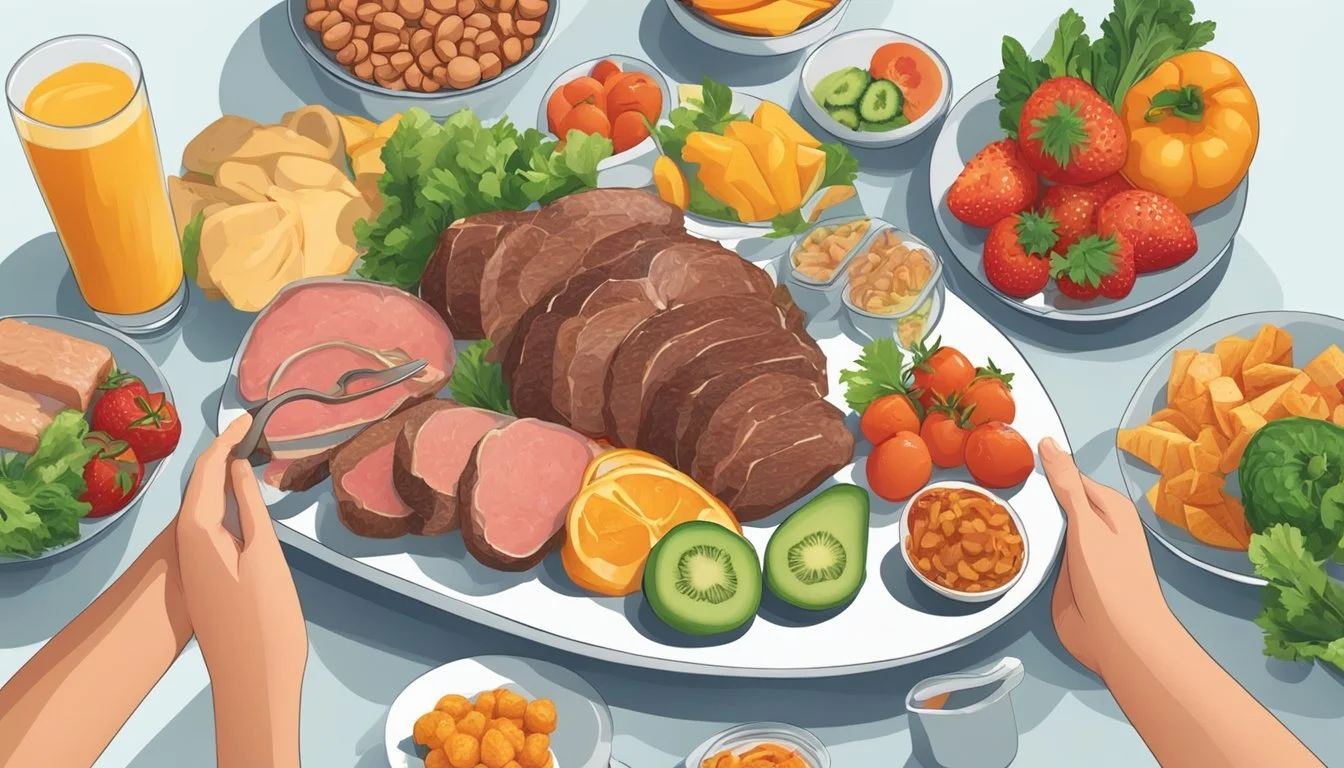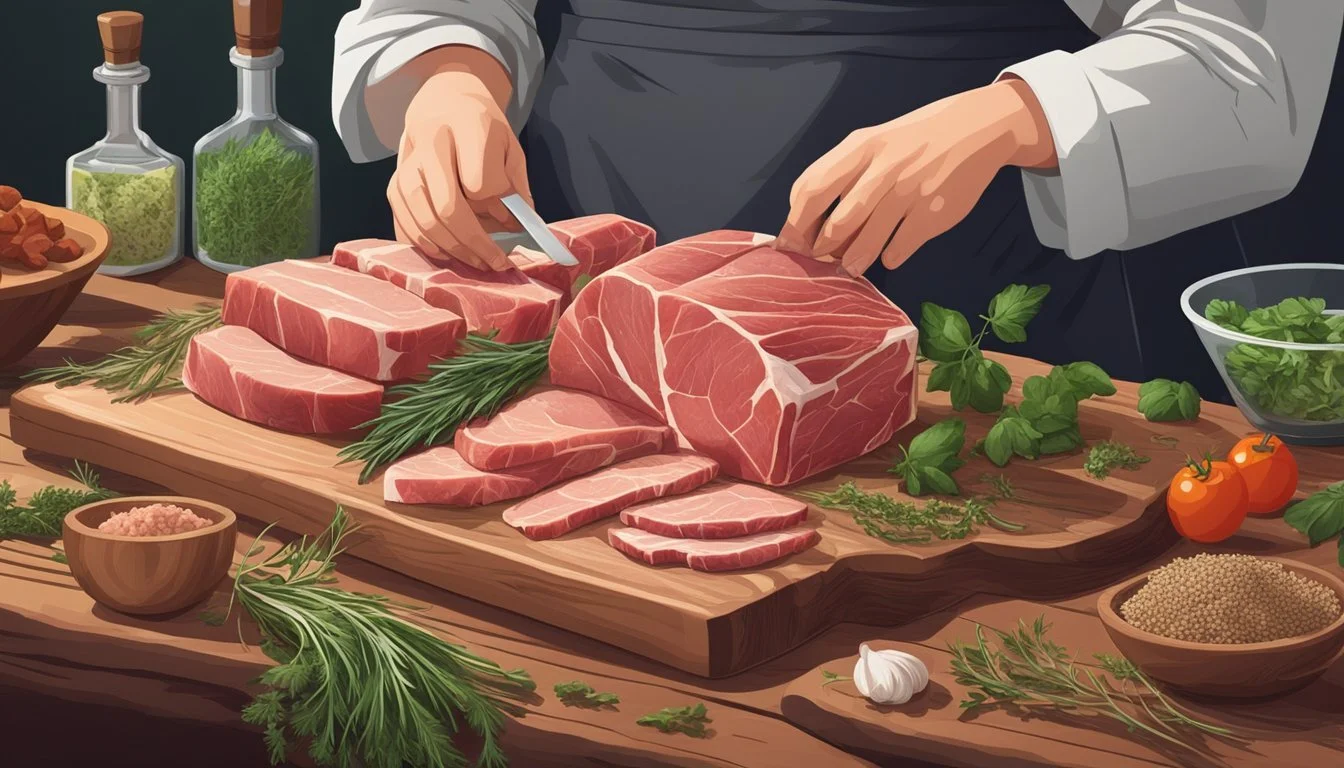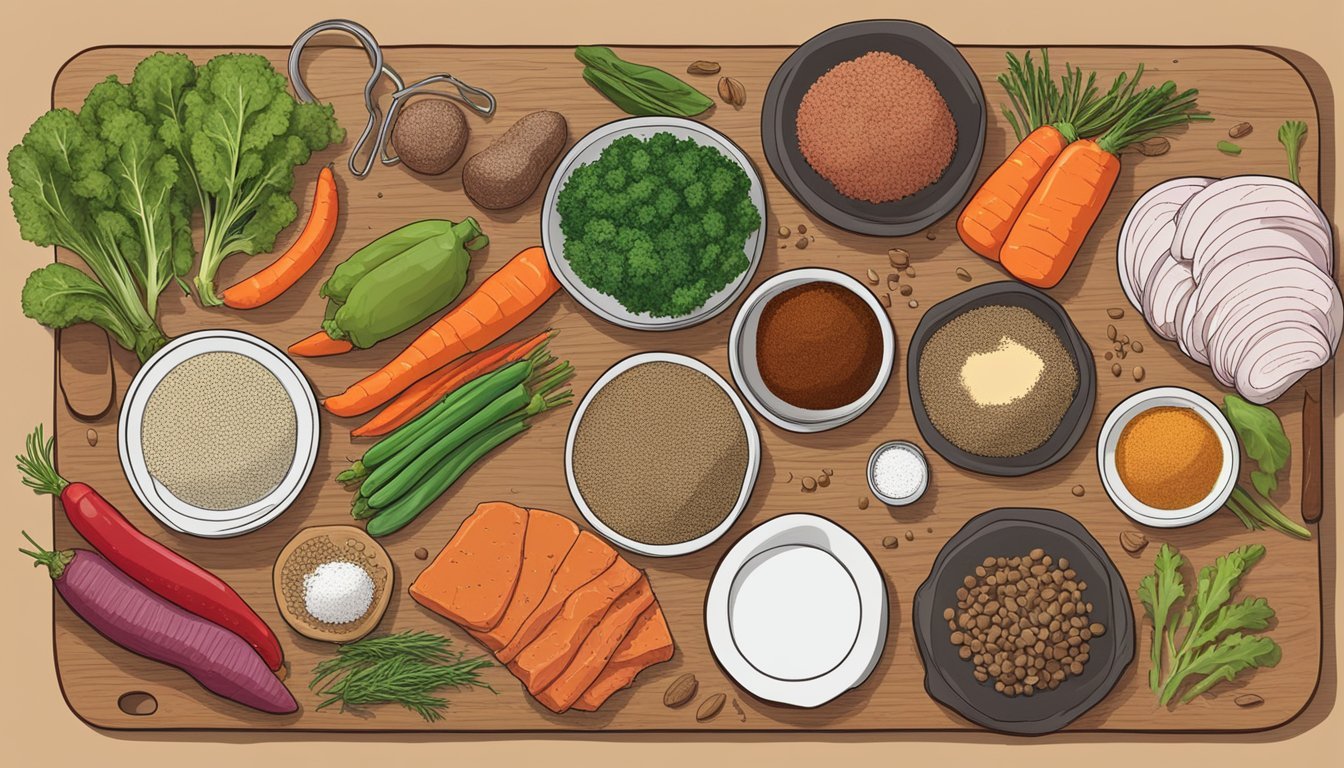7 Carnivore Diet Tips for Managing Cravings
Stay on Track with Ease
Adopting the carnivore diet can be an effective way to improve overall health and well-being, but managing cravings can present a significant challenge. Understanding how to manage and mitigate these cravings is crucial for long-term success on the carnivore diet. Cravings can arise from a range of factors including nutrient imbalances, hydration levels, and psychological cues.
To help navigate these challenges, this guide offers practical strategies for controlling cravings while adhering to a carnivore diet. These tips are designed to provide valuable insights, ensuring individuals can maintain their dietary goals without succumbing to hunger pangs or sugar cravings. With the right approach, achieving dietary discipline and satisfaction becomes more attainable.
1) Include More Fatty Cuts
Fatty cuts of meat are essential for those on the carnivore diet. They provide satiety and sustained energy. Cuts like ribeye, pork belly, and lamb shoulder are highly recommended. These meats are high in nutrients and necessary fats.
Hydration is crucial to ensure optimal digestion and prevent confusion between hunger and thirst. Staying hydrated supports overall well-being.
Choosing fatty cuts not only aids in managing cravings but also helps the body enter and maintain ketosis. This metabolic state burns fat for energy, reducing the urge for non-carnivore foods.
2) Avoid Processed Meats
Processed meats can hinder progress on the carnivore diet.
These foods often contain additives, preservatives, and hidden sugars that can trigger cravings.
By sticking to whole, unprocessed meats, individuals can better control their appetite and maintain nutrient intake.
Processed meats like bacon and sausages are often high in sodium and nitrates.
Overconsumption of these can lead to water retention and potential long-term health issues.
For a more nutritious diet, prioritize fresh cuts of meat and include organ meats for added vitamins and minerals.
Incorporating a variety of high-quality, grass-fed, and organic animal-based foods is beneficial.
This approach not only boosts taste but also ensures higher nutritional value.
3) Stay Hydrated
Proper hydration is crucial for managing cravings on the carnivore diet. Drinking plenty of water helps distinguish between actual hunger and thirst. Often, the body may signal cravings when it's actually dehydrated.
Men should aim for about 3.7 liters (15.5 cups) of fluids per day, and women about 2.7 liters (11.5 cups). This includes all fluids consumed throughout the day.
Hydration becomes especially important because the carnivore diet is high in protein. Metabolizing protein produces urea, which the kidneys need ample water to excrete efficiently. Without sufficient water, the body might experience strain on the kidneys and potential dehydration.
To help manage sugar cravings, maintain a high water intake between meals. This practice not only keeps energy levels stable but also curbs unnecessary cravings that might arise from mild dehydration.
Keep in mind that foods low in carbohydrates have less water content compared to many plant-based foods. This means the body might need more fluids to stay hydrated. Adjust water consumption based on activity levels and personal needs.
4) Eat Regularly
Eating regularly on the carnivore diet can help manage cravings effectively. When the body receives a consistent supply of nutrients, it is less likely to send signals that result in cravings. This can be especially true for those who are transitioning to the diet and adjusting to new eating patterns.
Regular meals can maintain stable energy levels throughout the day. Sudden dips in energy can often lead to cravings, particularly for sugary or high-carb foods. By eating at regular intervals, these energy dips can be minimized.
Including nutrient-dense foods like eggs, fatty cuts of meat, and cheese can promote a feeling of fullness. These foods provide essential proteins and fats, keeping hunger at bay for longer periods and reducing the chance of experiencing cravings.
Hydration plays a crucial role alongside regular meals. Drinking water between meals can help distinguish between actual hunger and thirst, as sometimes thirst is mistaken for hunger. Proper hydration ensures that the body's basic needs are met, which can help in managing cravings more effectively.
Regular eating also helps to create a structured routine. When mealtimes are predictable, the body adapts to this schedule, and unexpected cravings are less likely to happen. This can be particularly beneficial for individuals new to the carnivore diet.
5) Keep Snacks Handy
For success on the carnivore diet, having snacks readily available is crucial. Preparedness can help curb cravings and prevent deviations from the diet.
Beef jerky is a convenient and portable option, perfect for on-the-go snacking. It provides a good amount of protein and is easy to store.
Hard-boiled eggs are another excellent choice. They are high in both protein and healthy fats, which can help keep hunger at bay.
Canned tuna is a versatile snack that can be carried easily. Opt for tuna packed in water rather than oil to avoid unnecessary fats.
Cured meats such as sausage, salami, and chorizo can be satisfying for those on the carnivore diet. These snacks are rich in protein and fats but should be eaten in moderation due to their high sodium content.
Having a selection of nutrient-dense snacks helps create a buffer against cravings, ensuring adherence to the carnivore diet.
6) Experiment with Spices
Exploring different spices can make meals more enjoyable and help manage cravings on the carnivore diet. While the diet focuses on animal products, adding suitable spices can enhance flavors and keep meals interesting.
Low-carbohydrate spices such as salt, pepper, paprika, and turmeric align well with the carnivore diet. These additions not only boost taste but also provide various health benefits, such as anti-inflammatory properties.
Some people find that using mustard or vinegar adds a tangy kick without compromising the diet's principles. Small amounts of herbs like rosemary or thyme can also add variety and prevent monotony in meals.
Remember to avoid spice blends containing sugars or fillers. Keeping the diet simple is essential, but experimenting with pure, natural spices could offer new and enjoyable taste experiences.
7) Try Bone Broth
Bone broth is a valuable addition to the carnivore diet for managing cravings.
This nutrient-rich liquid is made by simmering animal bones and connective tissues. It provides essential nutrients such as collagen, amino acids, and minerals.
Collagen in bone broth supports skin and joint health. It helps maintain a youthful appearance by reducing wrinkles and improving skin elasticity. The amino acids present aid in muscle repair and overall well-being.
Drinking bone broth can help with satiety, making it easier to manage cravings. Its protein content provides a longer-lasting feeling of fullness compared to simple liquids.
Bone broth is also simple to make. Use high-quality bones from sources like beef, chicken, or fish. Combine the bones with water and simmer for several hours.
By incorporating bone broth into their routines, individuals can better control their appetites and support their overall nutritional goals.
Understanding Cravings on the Carnivore Diet
Cravings on the carnivore diet can arise for various reasons and understanding the cause behind them can help manage them effectively. Factors include physiological needs, psychological triggers, and dietary imbalances.
Why Cravings Occur
Cravings on the carnivore diet can result from the body's adjustment to a new eating pattern. When switching from a diet inclusive of carbohydrates and sugars to one focused solely on animal products, the absence of these once-common nutrients can cause cravings.
The body may initially miss the quick energy sourced from carbohydrates, causing cravings for sugary or starchy foods. Additionally, an imbalance between fat and protein intake can sometimes signal the body to crave specific types of food to correct this imbalance. Ensuring an appropriate ratio of fat-to-protein helps manage these cravings.
Common Triggers
Understanding what triggers cravings is key. Common triggers include emotional states such as stress, boredom, or sadness that drive one to seek comfort in food. Social situations and specific environments, such as parties or restaurants, can also prompt cravings for non-carnivore foods.
Hydration levels can play a significant role. Sometimes, thirst is mistaken for hunger, leading to cravings. Staying hydrated can mitigate this confusion. Lastly, inadequate meal planning might leave individuals unprepared to handle sudden cravings, causing them to reach for non-compliant foods impulsively.
Eating a variety of animal products can help prevent monotony and minimize cravings by satisfying a broader range of nutrient needs.
Managing Cravings Effectively
Managing cravings on a carnivore diet involves ensuring nutrient-dense foods, maintaining proper hydration and electrolyte balance, and practicing mindful eating.
Nutrient-Dense Foods
Incorporating nutrient-dense foods is crucial. Fatty cuts of meat, such as ribeye and pork belly, provide satiety and essential fats. Organ meats like liver offer high amounts of vitamins and minerals. Eating a variety of these foods can prevent deficiencies and reduce the occurrence of cravings.
A balance between fat and protein is important. Too much protein without enough fat can leave individuals feeling hungry sooner. Adding fat sources such as beef tallow and butter helps achieve this balance.
Hydration and Electrolyte Balance
Staying hydrated is vital, as dehydration can mimic hunger and increase cravings. Drinking adequate amounts of water throughout the day can help. It is recommended to keep water intake high between meals and lower during meals to avoid diluting stomach acids.
Electrolytes are also important. Sodium, potassium, and magnesium are essential electrolytes that need to be replenished, especially on a carnivore diet. Using salt liberally on food and considering supplements can help maintain balance and prevent cravings due to electrolyte imbalances.
Mindful Eating Practices
Mindful eating practices can help differentiate between true hunger and cravings. It involves paying attention to the body's hunger signals and eating without distractions. Sit down to eat and focus on tasting and enjoying the food.
Identifying emotional or situational triggers for cravings is also helpful. Keeping a food journal can assist in recognizing patterns and addressing non-hunger related cravings. Planning meals and having nutrient-dense snacks available can reduce the temptation of non-compliant foods.






